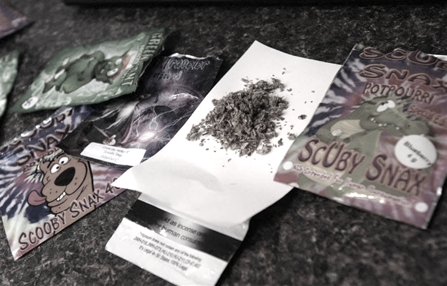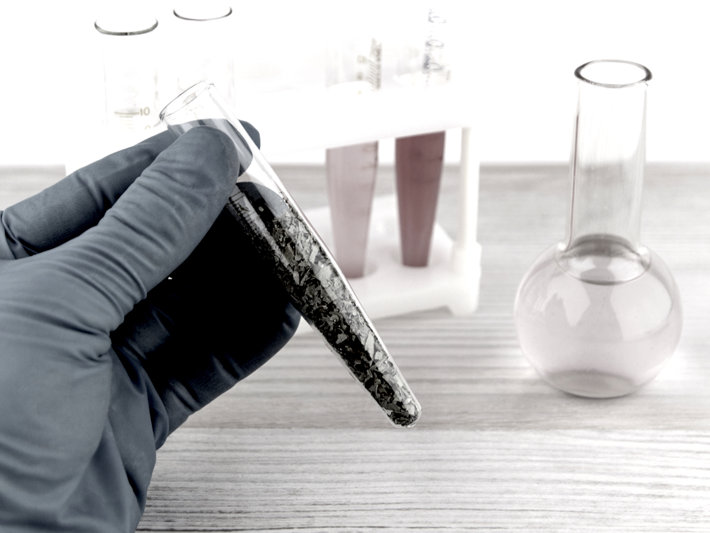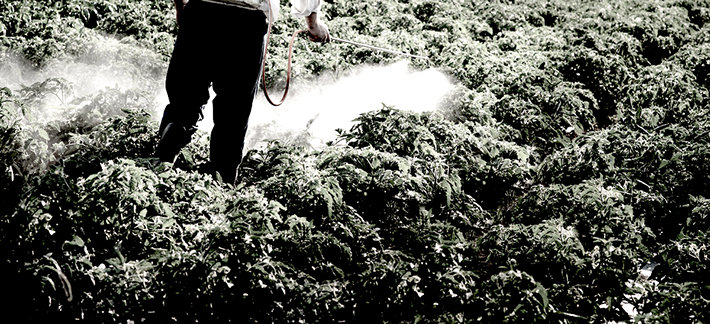Synthetic Marijuana: What it Is and Why It’s Dangerous

Marijuana and cannabis products have been around for decades and are nothing new to the American drug scene. However, synthetic marijuana is a relatively new drug, a substance that presents mystery and a plethora of unknown effects. Much is unknown about synthetic marijuana, given the new debut of this drug type and a lack of necessary research yet performed on the substance. However, there is relevant information and data abounding synthetic marijuana that has been discovered, and what experts do know about the drug should be made well known for all.
Synthetic marijuana is more dangerous, riskier, and has more adverse side effects than organic marijuana does. Synthetic marijuana is essentially organic marijuana that has been chemically altered to make it more potent, more powerful, more psychoactive, and of course more dangerous. Synthetic marijuana is “all the rage” these days, particularly amongst young adults.
How Synthetic Marijuana is Made

Starting in 2015, health experts became aware of synthetic marijuana, not because of police reports or news bulletins, but because patients were being admitted to the ER due to complications resulting from synthetic marijuana use. When people take synthetic marijuana, they have no way of knowing exactly what they are taking. The chemicals in the marijuana could be highly toxic in addition to being psychoactive and, once injected into the body, can present a vast array of biological complications and risk.
Synthetic marijuana is sold under various guises but is often called Spice, K2, or Green Giant. Synthetic marijuana is usually made by spraying a liquid chemical concoction on marijuana leaves, then grinding those leaves up. The liquid spray usually comes from China or Pacific Rim countries and is imported into the United States under the guise of cleaning products or degreasers.
Once in the states, the spray is distributed to underground, illegal laboratories where the spray is applied to crops of marijuana plans. Sometimes, the spray is applied to live plants to allow for a genetic binding of the chemicals to live marijuana leaves. Sometimes, the spray is applied to dried-up marijuana leaves for a slightly different effect. Synthetic marijuana can have as many as one-hundred or more toxic chemicals in it.

While the synthetic compounds that are sprayed onto marijuana leaves to create synthetic marijuana do vary greatly in chemical composition, one similarity is that all of the chemicals are highly active in the CB1 receptor of the brain. This is the same receptor in the brain that is activated by organic marijuana. However, with synthetic compounds attaching to this receptor, the effect is far more potent and potentially dangerous than when straight marijuana is used.
Reducing Synthetic Marijuana Abuse
In 2015, more than one-hundred and sixty people had to be hospitalized in New York in a one week period for synthetic marijuana consumption. In that same year, more than one-hundred residents of Alabama had to seek immediate medical attention in a one month period due to synthetic marijuana use. Around that same time, an outbreak of synthetic marijuana abuse also occurred in Virginia, resulting in at least one death.
Interest in synthetic marijuana is growing, and rapidly too. The problem is that the vast majority of people who are abusing synthetic marijuana are young adults, young people who do not know the risks involved. Our effort going forward needs to be focused on educating people on what synthetic marijuana really is, its chemical composition, how dangerous it is, etc. Only when people actually know what they are dealing with synthetic marijuana will they know to stay away from the substance.
Additional Information on Synthetics Marijuana:
- Signs and Symptoms of Synthetic Marijuana Use
- Effects of Spice Abuse
- The History of Synthetic Drugs (Spice, K2 and Bath Salts)
Sources:


 ®
®